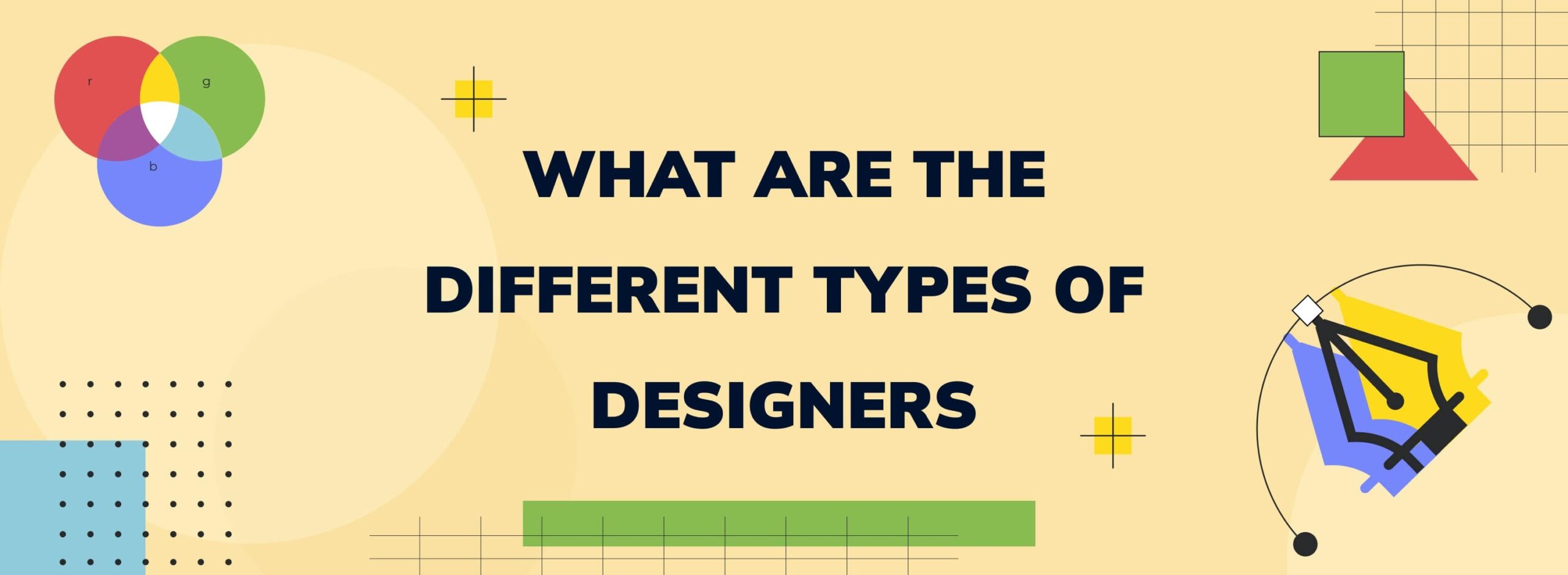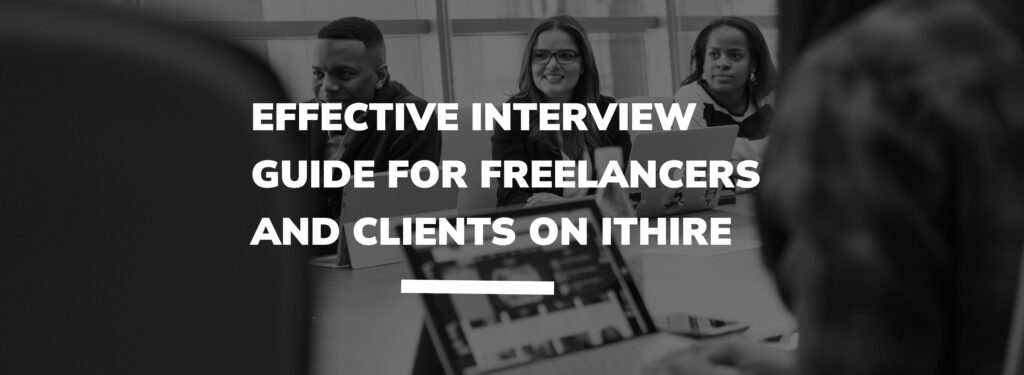There are many distinct types of designers with various tasks and responsibilities in our modern environment. Many people are only familiar with graphic designers and website designers, and even among them, there are different types of graphic designers and different types of website designers. Therefore, you can be confused by the various types of designers within the industry and have a hard time finding the perfect designer to work on your project, especially if you don’t have a clear understanding of their unique qualities and responsibilities. This is why it is crucial to understand what each designer does, and that is what we are going to discuss now.
In this article, we will explain the different types of designers and also take a look at their roles.
Who Is A Designer?
A designer is a skilled professional who creates the structure or layout of a conceptualized idea or concept.
Types of Designers
There are different types of designers. Some of them include:
1. Graphic Designer
A graphic designer is a type of designer who uses hand or computer software to communicate information through visualized concepts. Examples of designs created by graphic designers include logos, fliers, posters, business cards, book covers, invitations, etc. There are different types of graphics designers depending on their area specialization, e.g. infographics, illustrations, etc.
Roles of A Graphic Designer
The following are some of the roles of a graphic designer:
a. Using design software or manually drawing up graphics and patterns
b. Recognizing the client’s goals and considering them when designing.
c. Understanding how to utilize design software like Photoshop, Illustrator, Corel Draw, Canva, etc.
2. Web Designer
A Web designer is a type of designer who create, design, and develop web pages. Additionally, they assist in managing all of a website’s visual elements, such as its texts, images, and video content. An effective online presence for a business is facilitated by a web designer. The different types of web designers we have in the industry include User Interface (UI) designers, User Experience (UX) designers, etc.
Roles of A Web Designer
The following are some of the roles of a web designer:
a. Choosing necessary images for a website and making modifications when necessary.
b. Understanding and learning how to code, as well as finding out how to properly manage a website.
c. maximizing the performance and scalability of websites.
3. Software Designer
A software designer is a designer who works on the development of software for computers and applications. They assist in creating and implementing software solutions to address problems throughout the stages of software development.
Roles of A Software Designer
The following are some of the roles of a software designer:
a. designing and managing software applications and systems
b. Assessing and reviewing new software applications, updating these software applications to enhance performance and fix bugs
c. Generating test cases, evaluating them, and making any necessary modifications.
d. Collaborating with other IT designers and developers to provide software solutions.
4. Brand Designer
A brand designer is a designer who develops a coordinated visual identity for a business. They design marketing materials that are consistent with the brand identity and convey a particular idea or identity with a focus on the public perception of a company.
Roles of A Brand Designer
The following are some of the roles of a brand designer:
a. Satisfying the company by designing and creating visual representations that are in accordance with a brand’s identity.
b. Keeping an eye on market trends to stay current with the newest design methods and trends.
c. Working with other designers, such as the website and graphic designers, to make sure all design and advertising strategies are in sync.
d. Assembling visual contents to ensure there are no errors.
5. Service Designer
Service designers are designers that create the flow of services (from the front to rear and end to end) that will have a good influence on people and add value to the business.
Roles of A Service Designer
The following are some of the roles of a service designer:
a. Identify the difference between good and bad services, make choices based on user demands, and translate these choices into concepts for new or current services.
b. Detect service shortfalls and determine their underlying reasons so that prompt solutions can be made.
c. Consider the project’s objectives and make sure the project meets the required needs of the company.
6. Animator Designer
An animated designer is a designer that helps to create a visual effect in terms of animated designs (images that move on a screen) for a diverse range of media that includes websites, apps, movies, video games, etc. The visuals designed by an animated designer can either be in 2D or 3D (CGI) format.
Roles of An Animator Designer
The following are some of the roles of an animator designer
a. Ability to use imagination and effective artistic skills to convey information and ideas visually.
b. Create basic designs for new characters or scenery by hand-drawing illustrations.
c. Work together with the client and the production team to analyze requirements, design, edit visuals, and assess scripts.
7. Motion Designer
Motion designers are designers that apply motion or movement to graphic design. They use techniques such as animations and other special visual effects to make graphics come to life and make them more interesting.
Roles of A Motion Designer
The following are some of the roles of a motion designer:
a. Creating and designing motion graphics for a variety of platforms.
b. Editing video clips and making them suitable for its viewers.
c. Utilizing images, sounds, text, and other design components to make
d. Familiarizing with several design software programs, such as Photoshop, Illustrator, etc.
8. Presentation Designer
A presentation designer is a designer that develops presentations for clients’ usage. They create a series of slides that are structured to tell a story and persuade an audience of a variety of concepts, thoughts, words, images, etc.
Roles of A Presentation Designer
The following are some of the roles of a presentation designer:
a. Familiarizing with several presentation tools such as power points, google slides, keynotes, etc.
b. Develop presentations that are captivating to both the viewers and the listeners.
c. Recognizing the presentation style that best suits the presentation’s content.
Conclusion
As Private business owners and corporations, you need designers to market our products and services and build relationships with the target audience. As a result, you need to understand where various designers fit into the overall scheme of things and how they contribute to the success of a given project. This will improve your work and make you feel satisfied every time you hire a designer. Are you in need of a designer, explore our website to see a wide range of expert website designers, graphic designers, and UI/UX designers.






